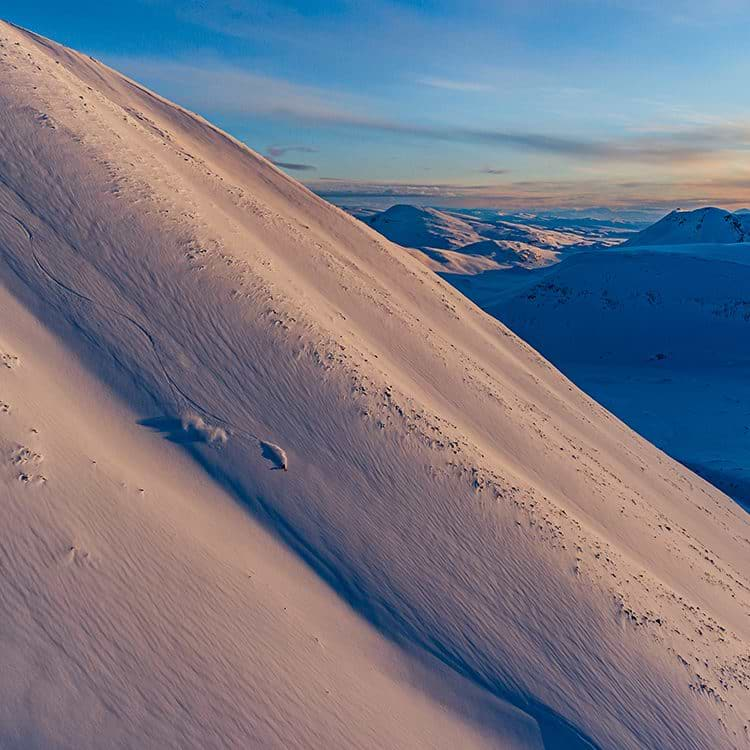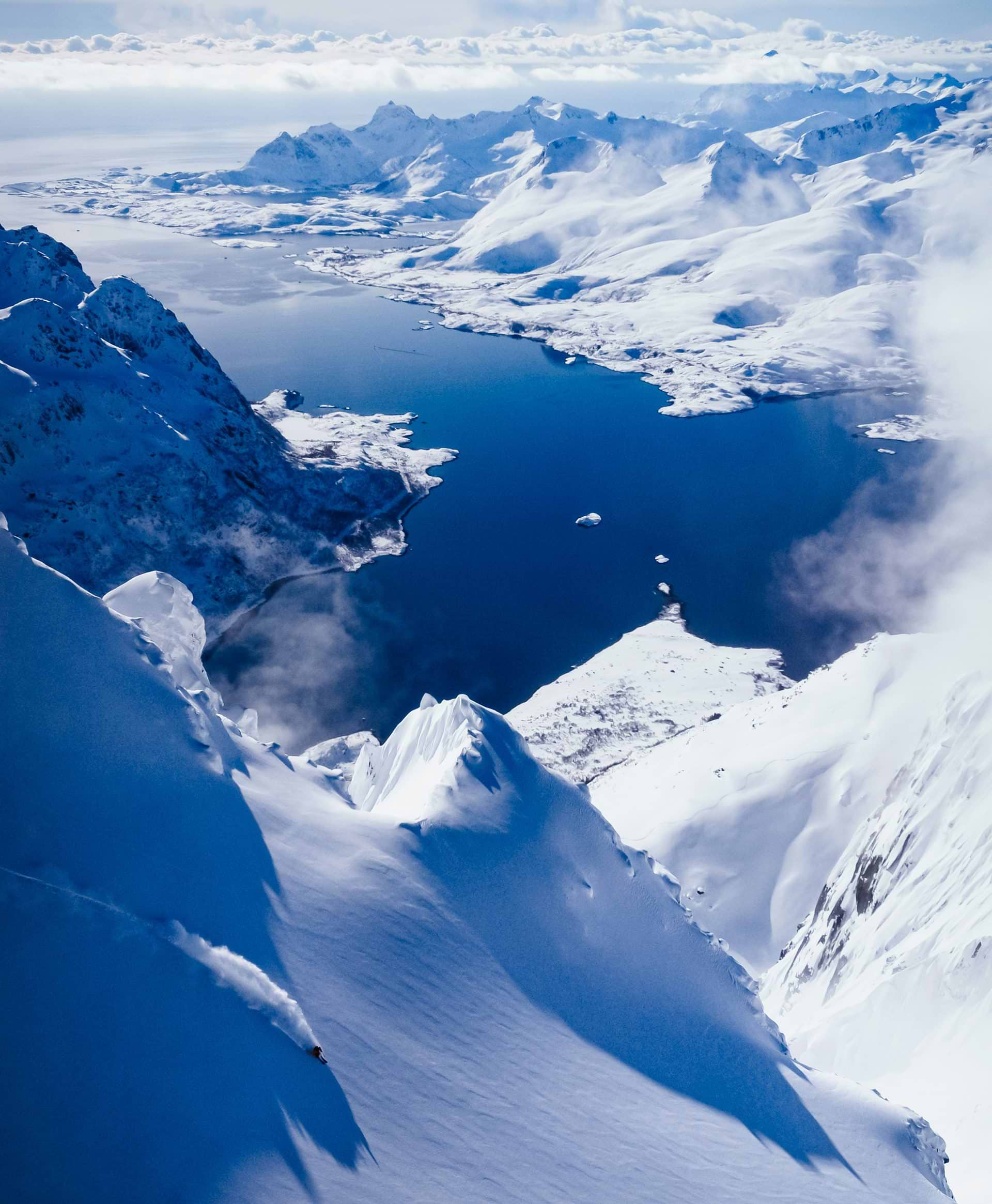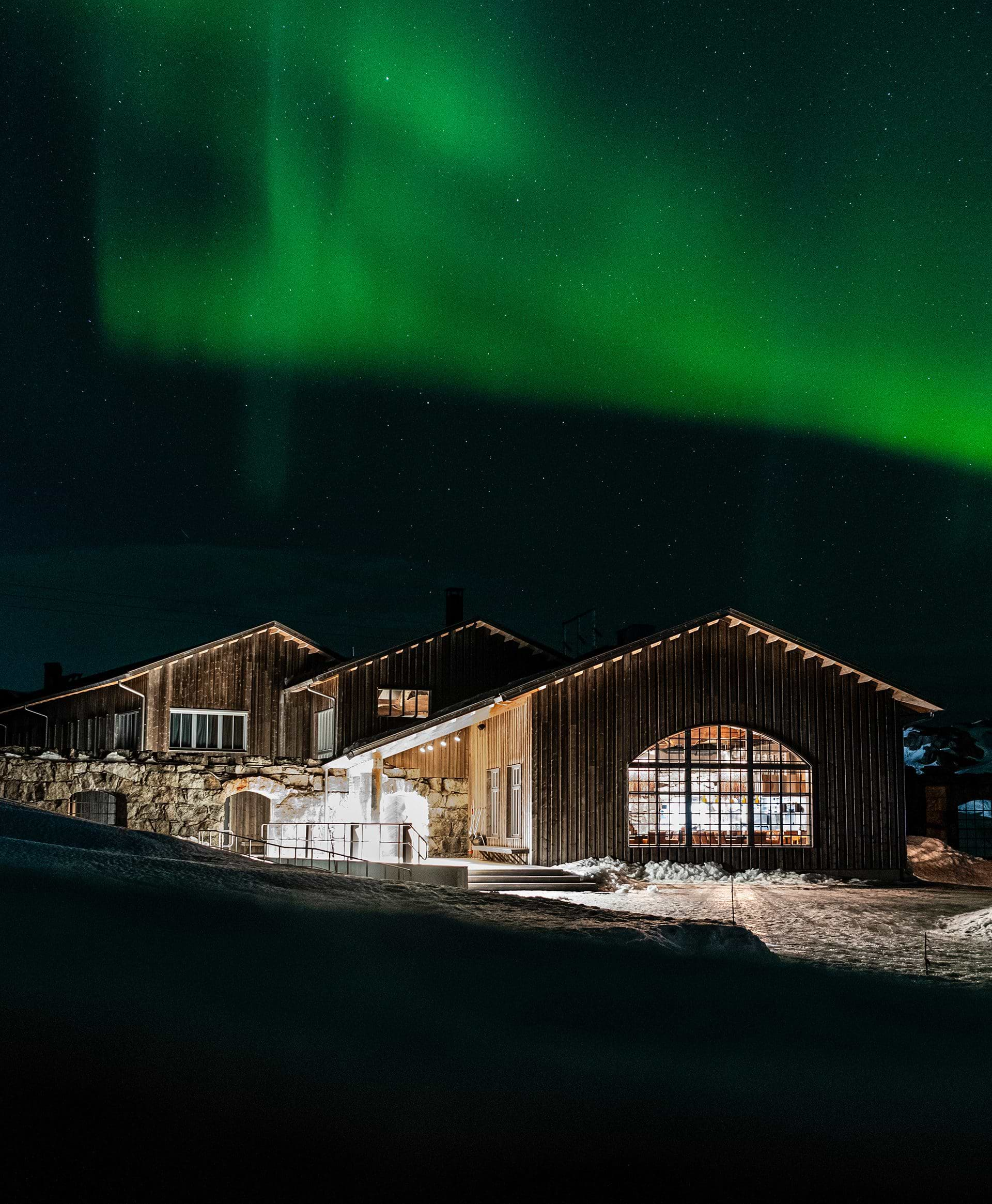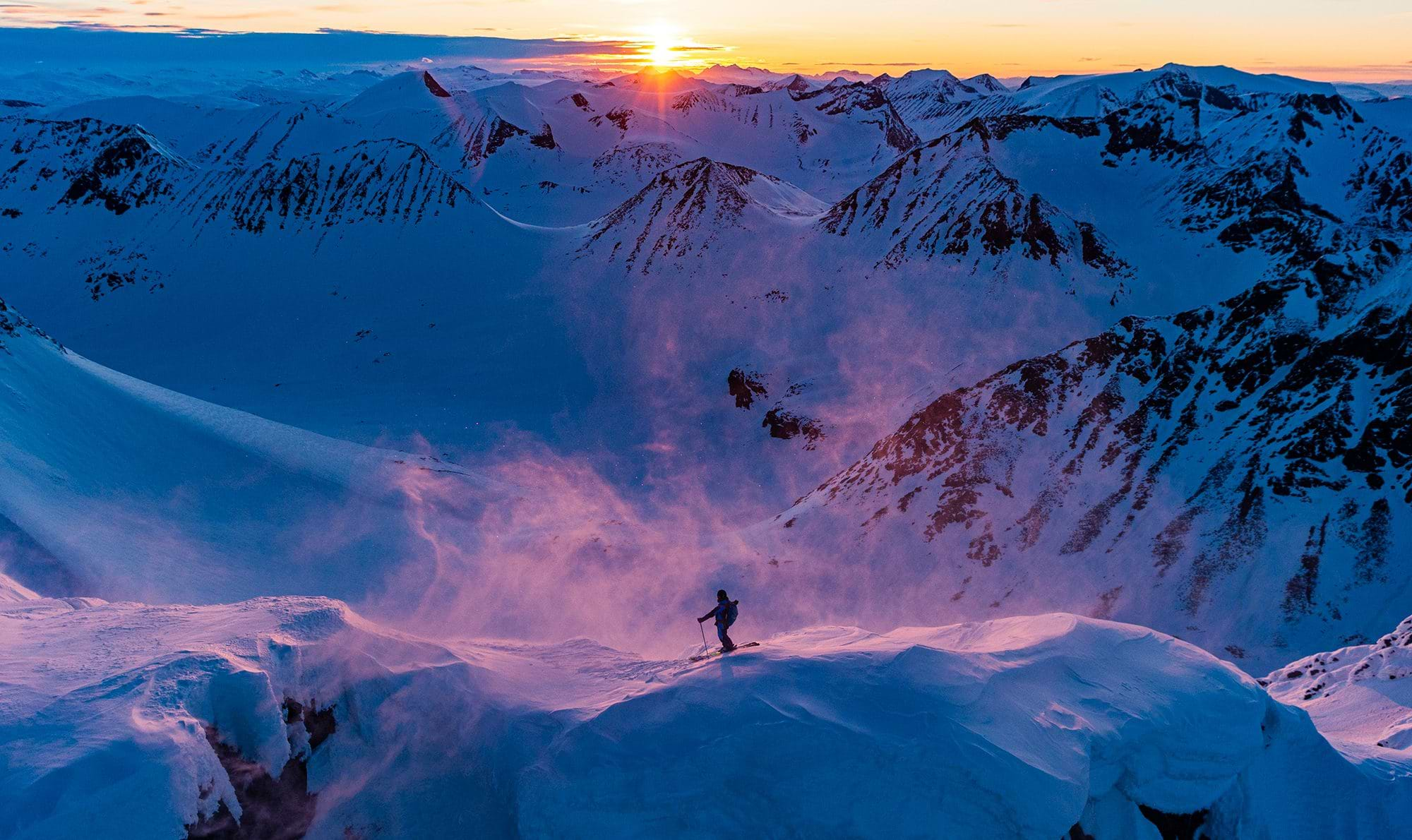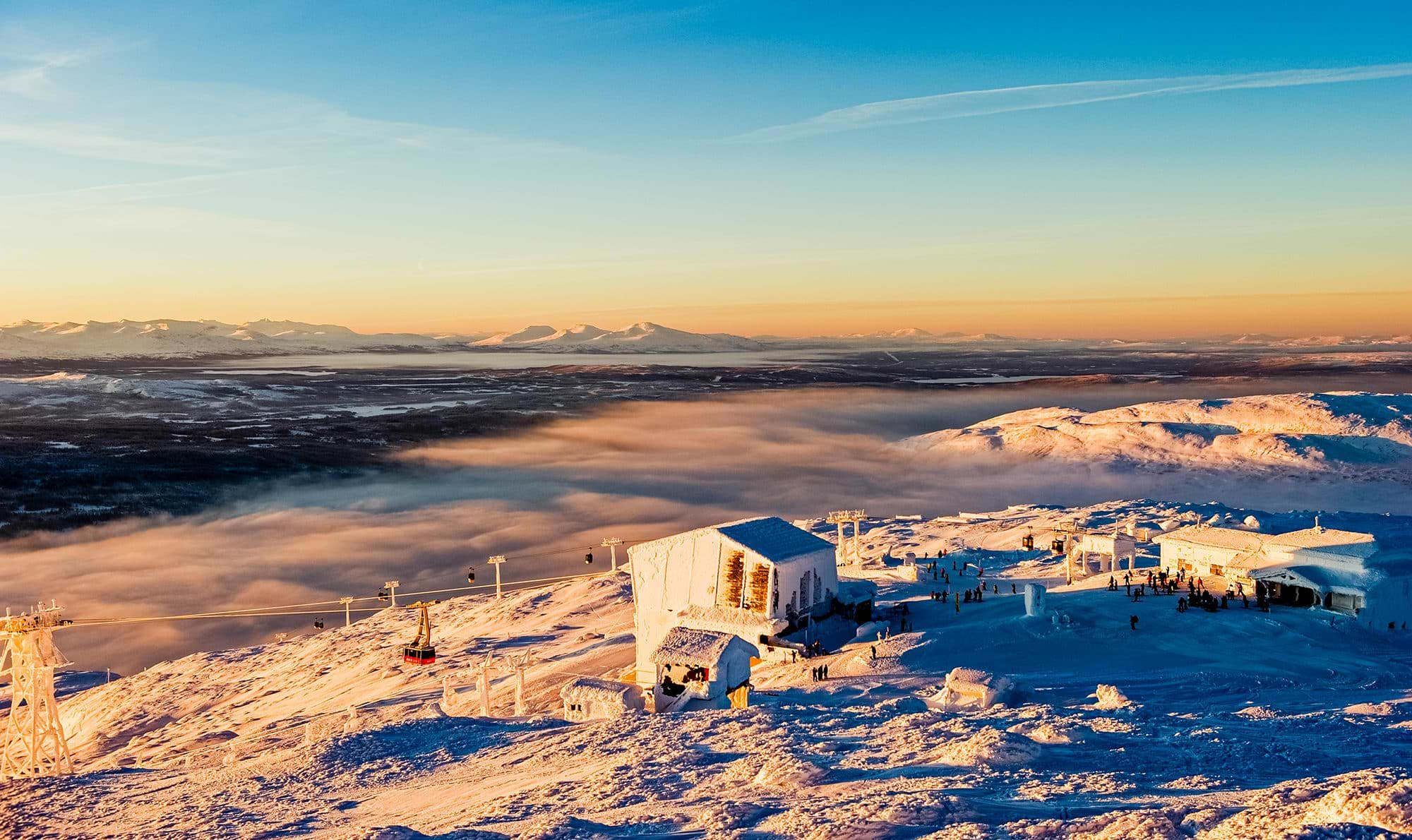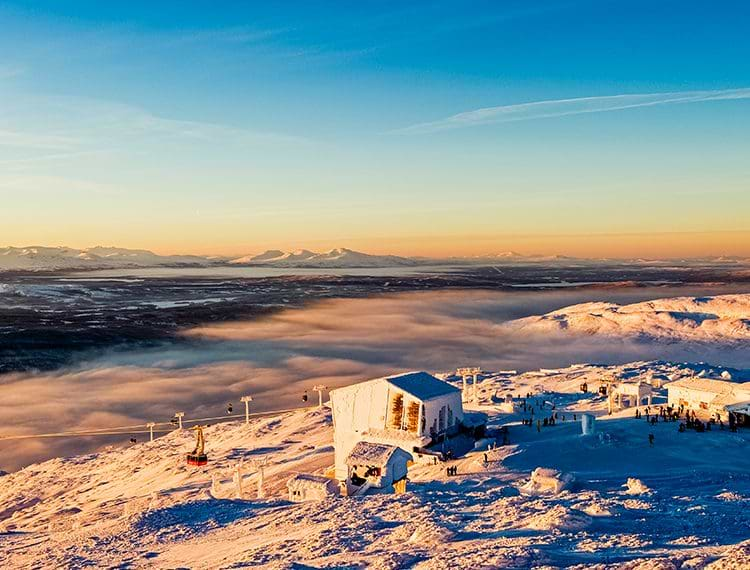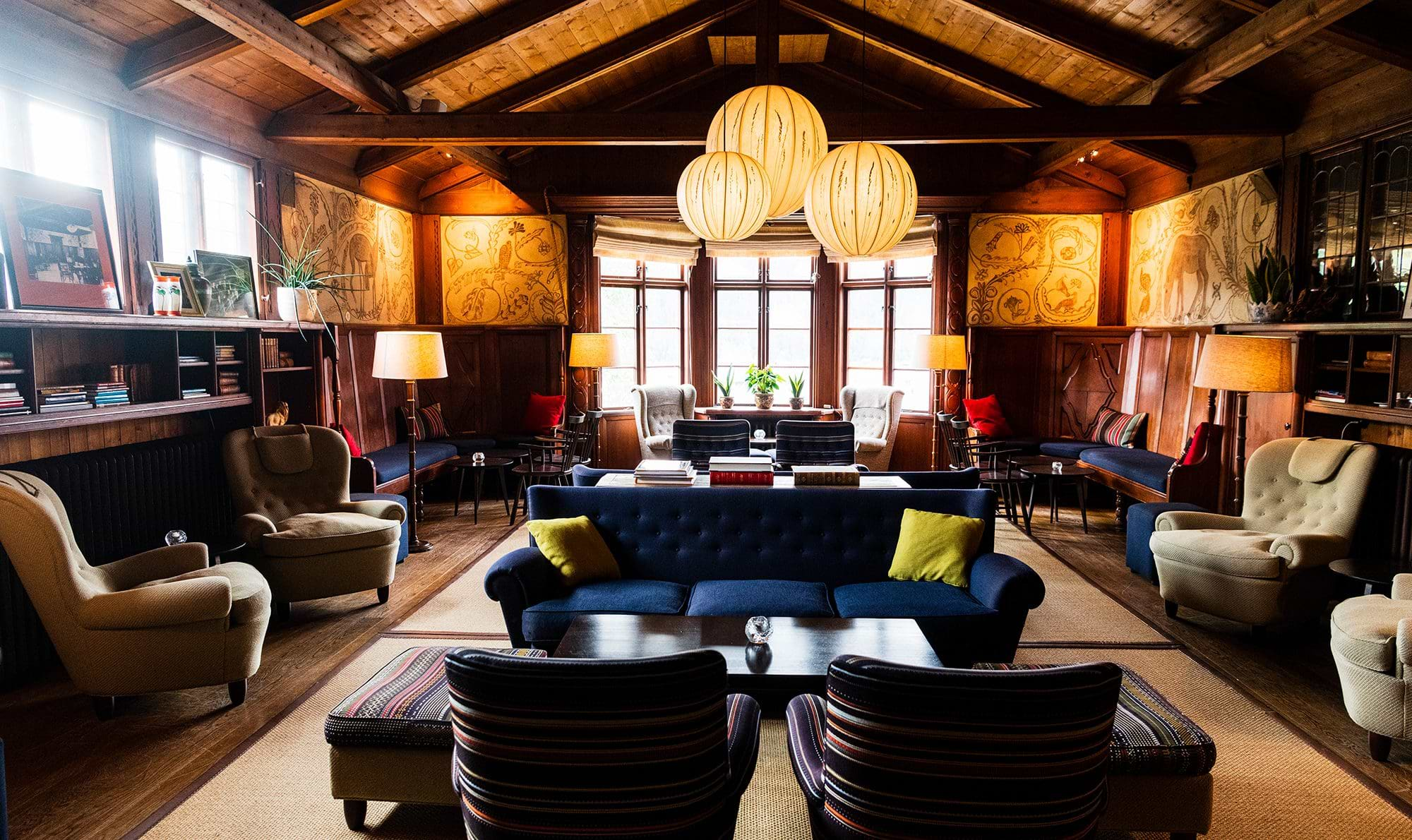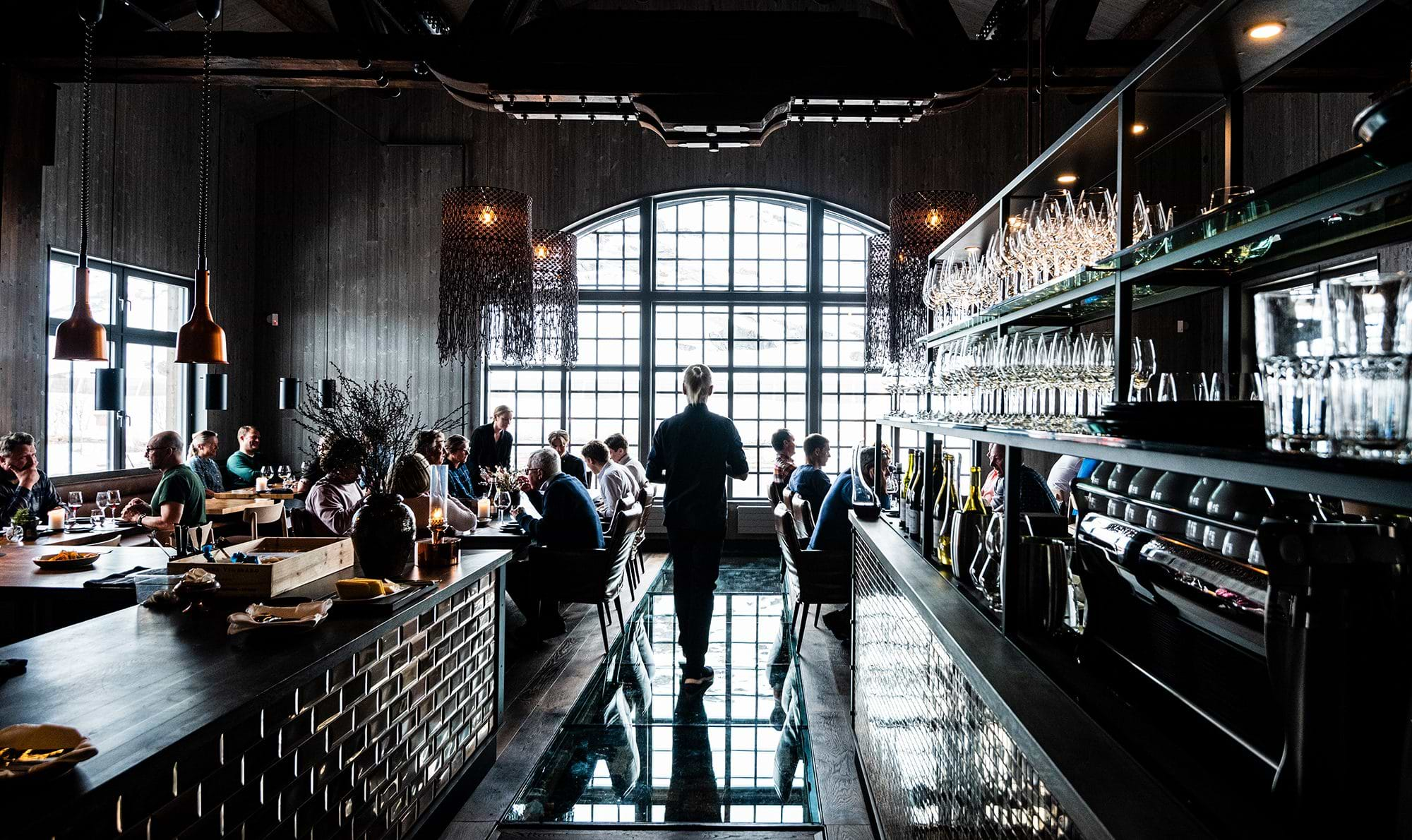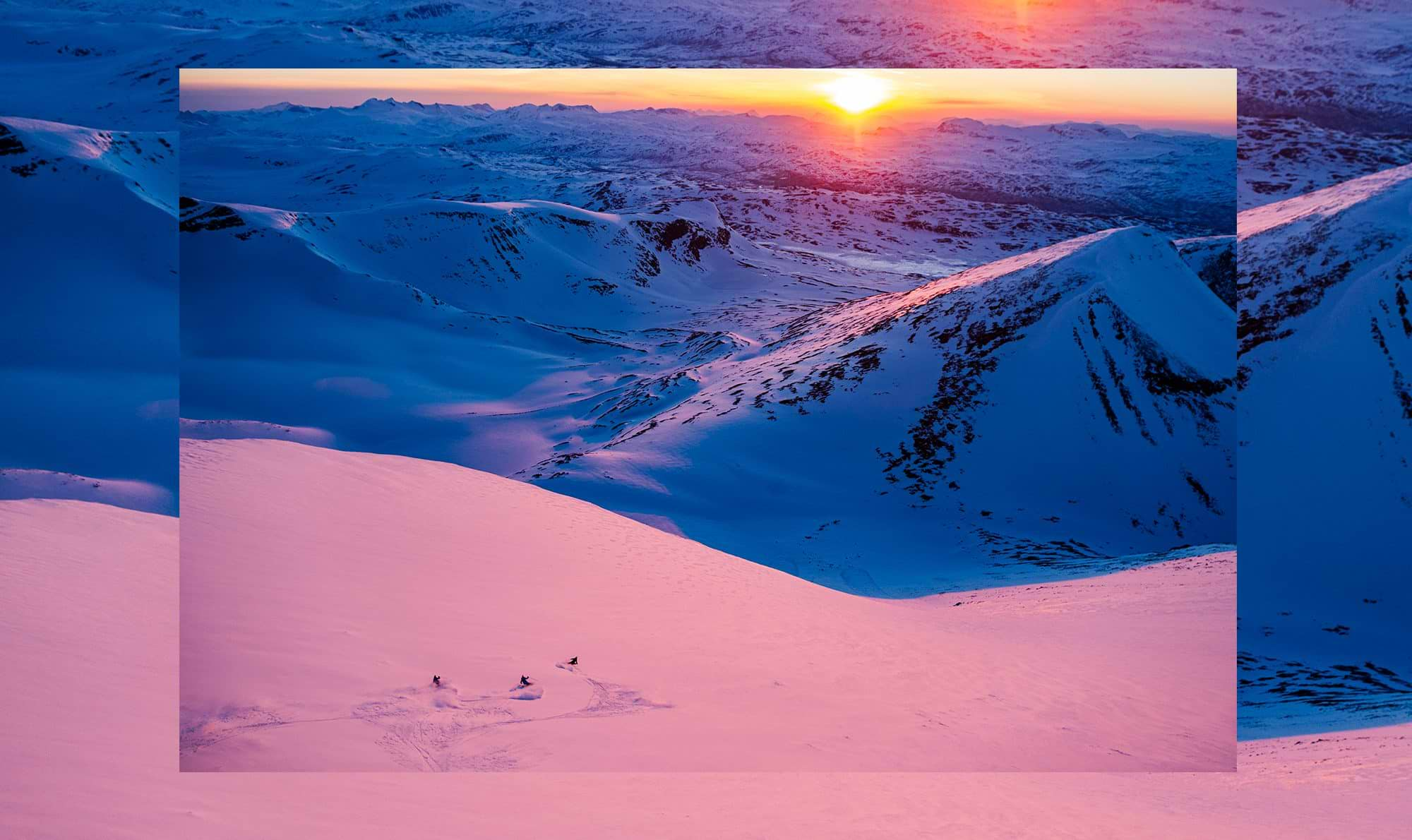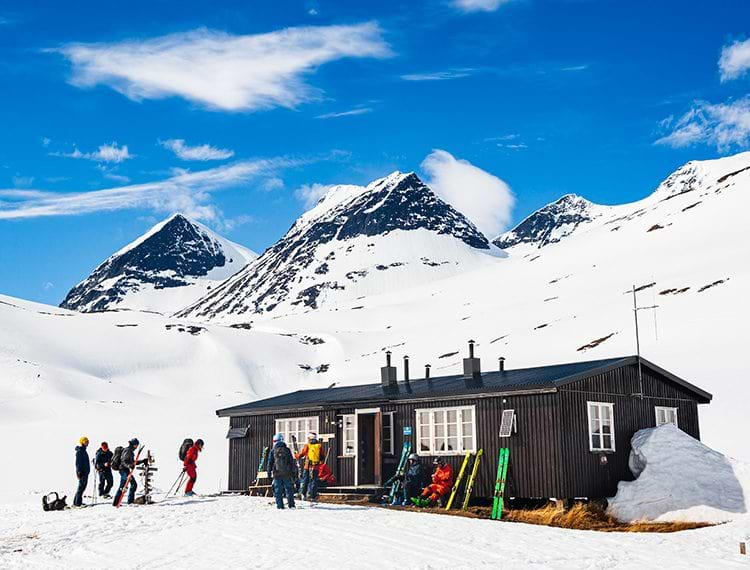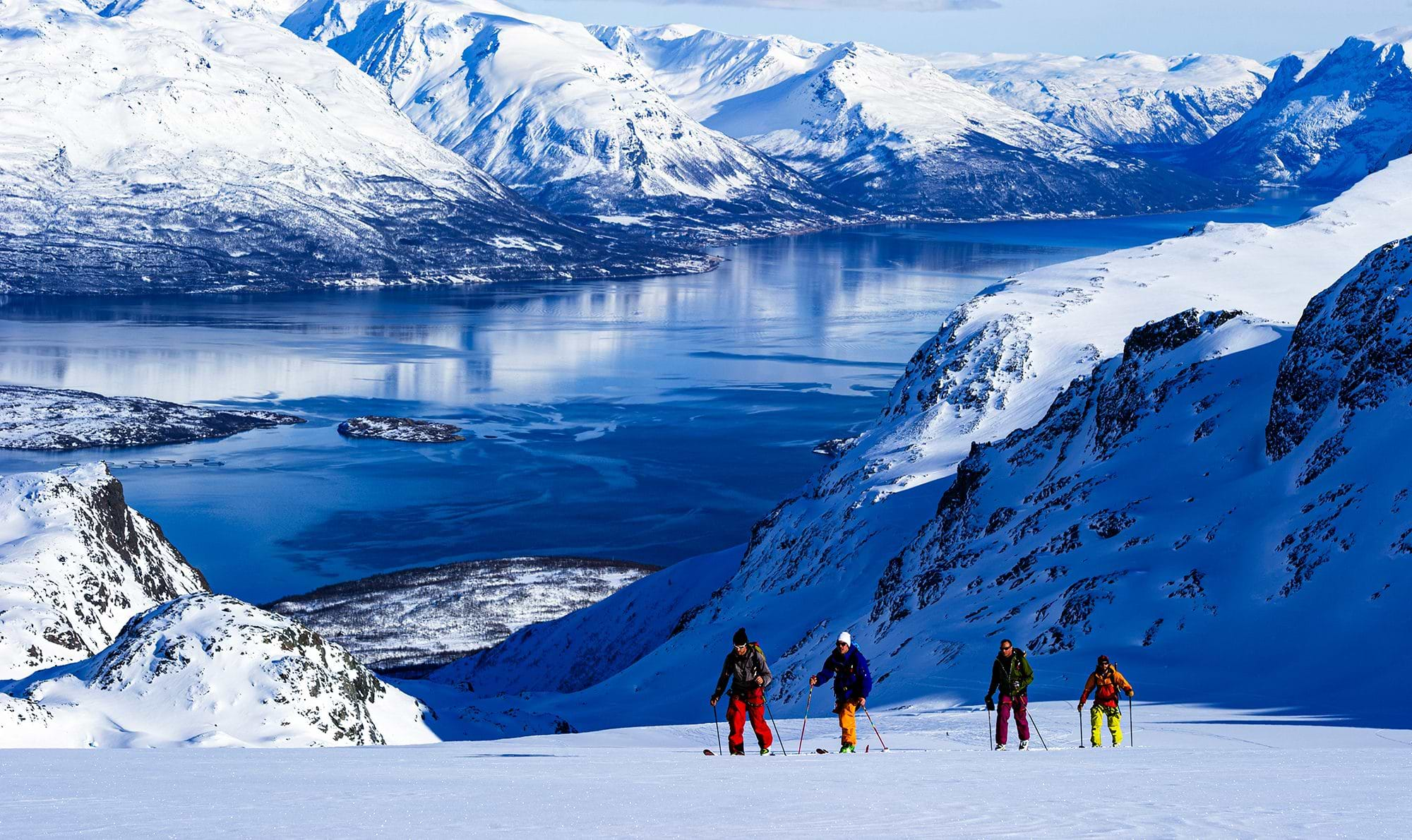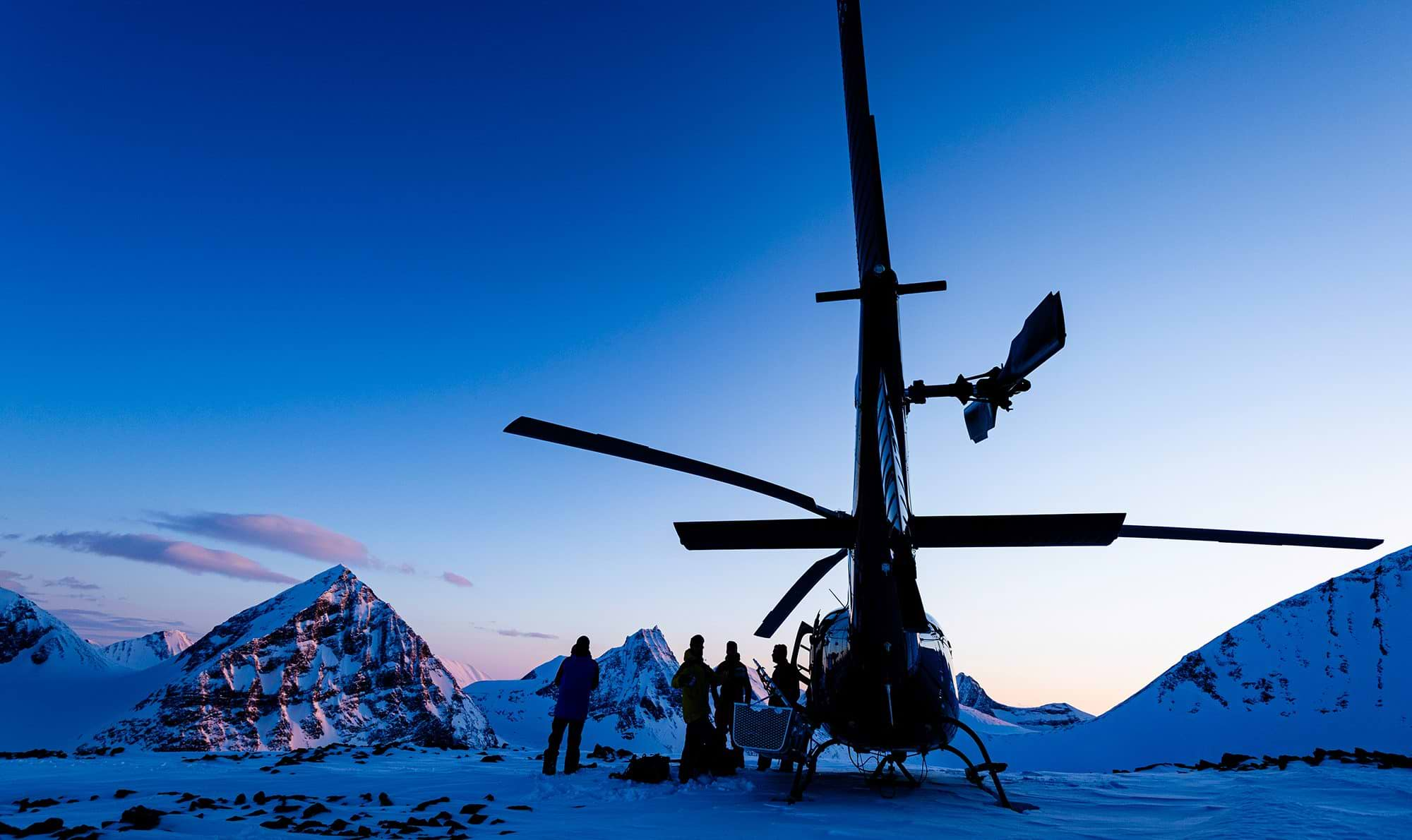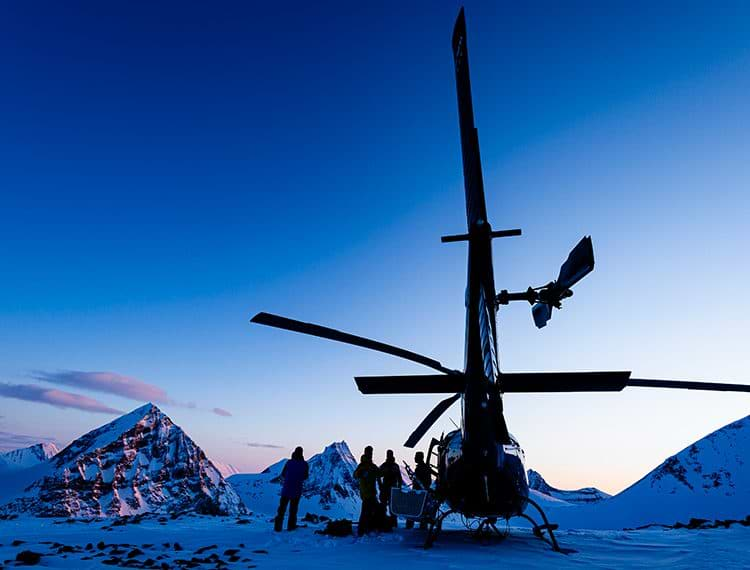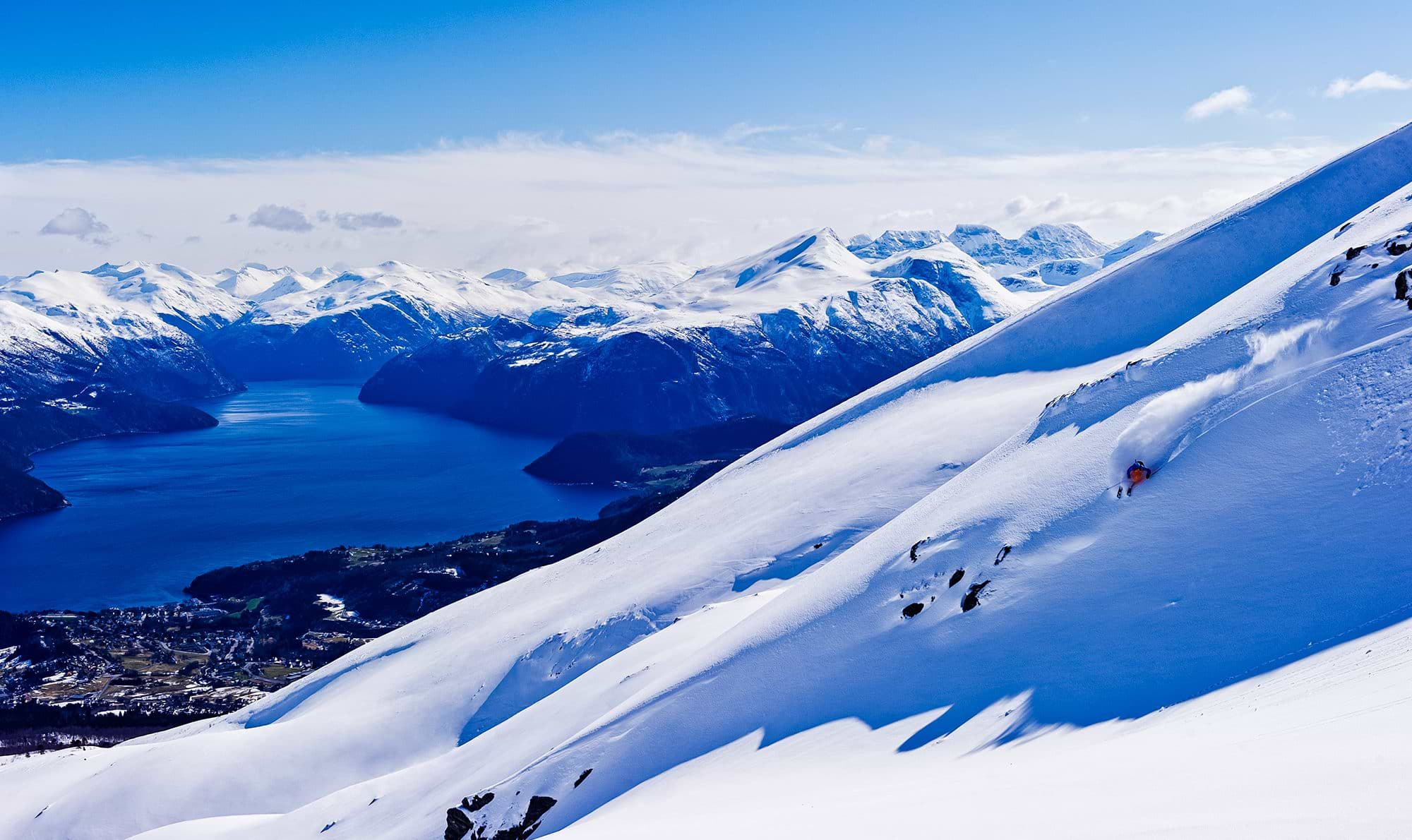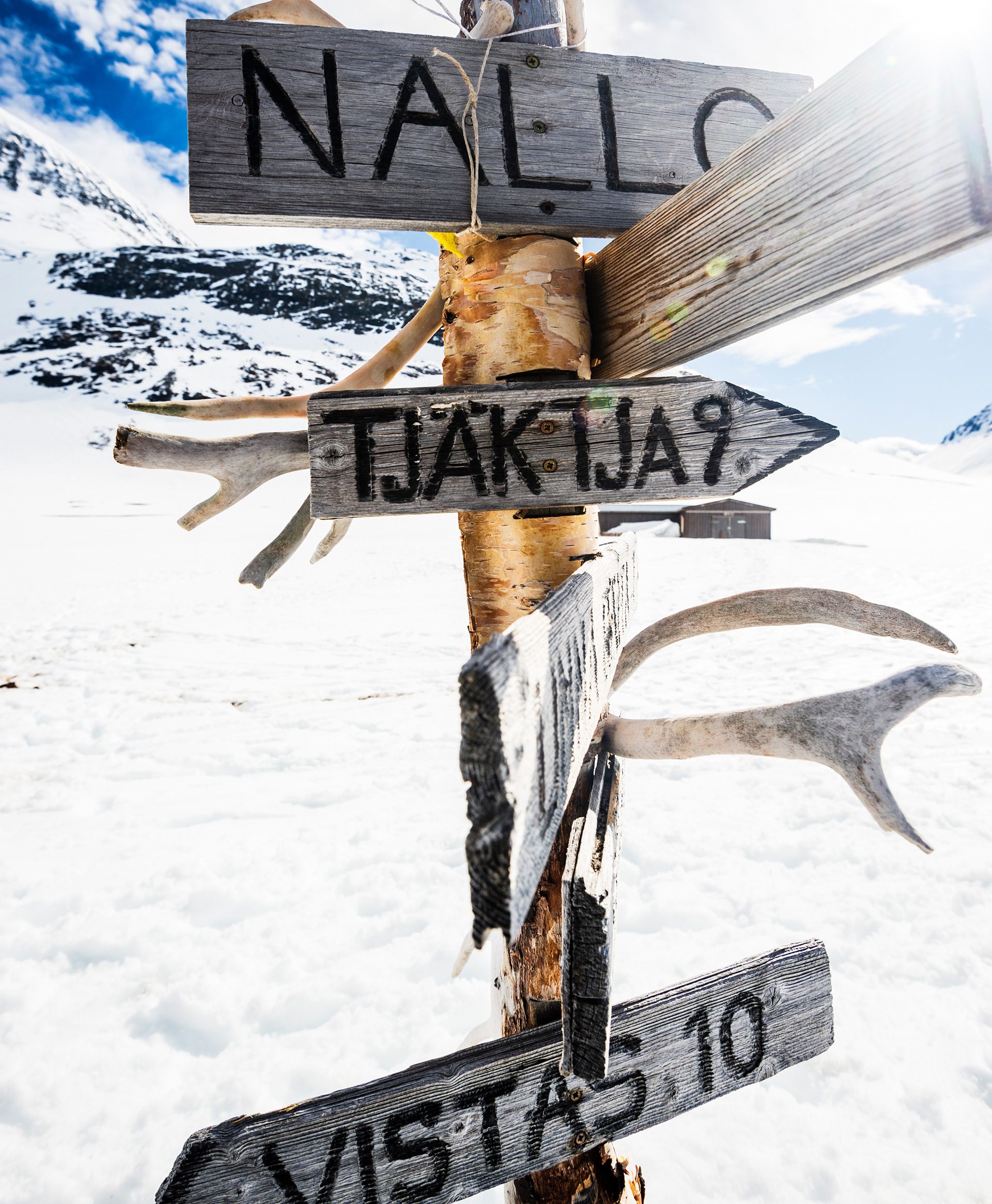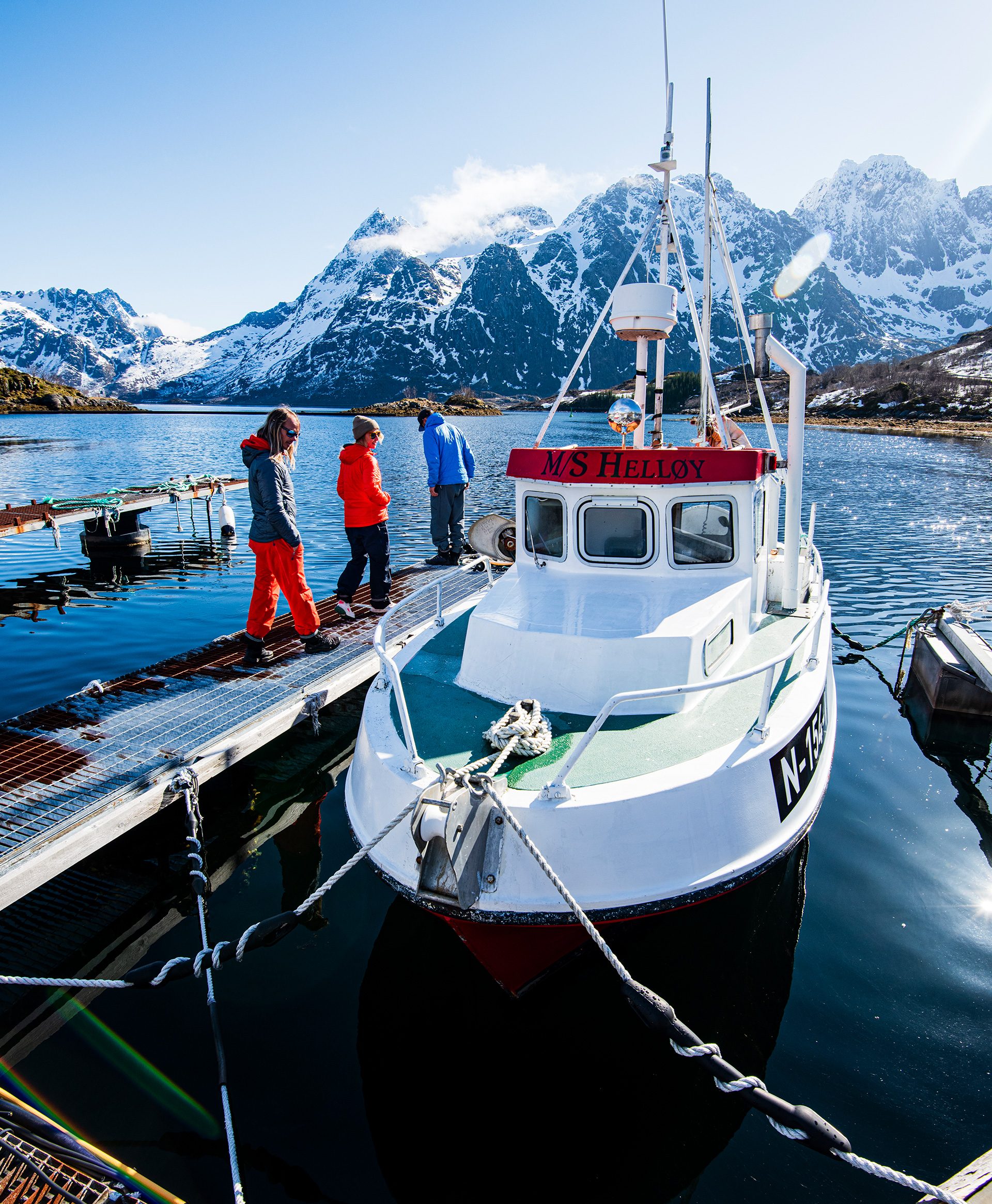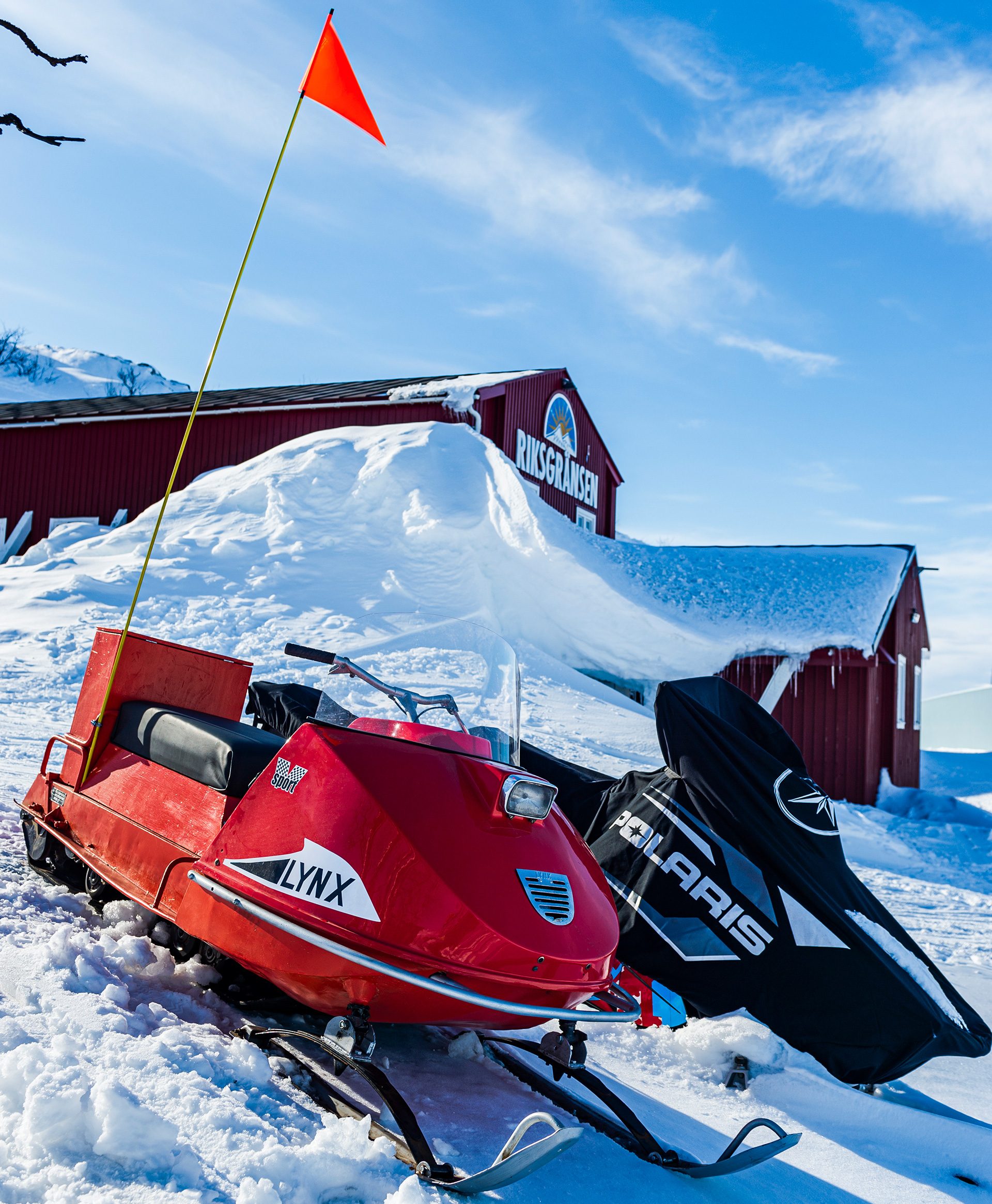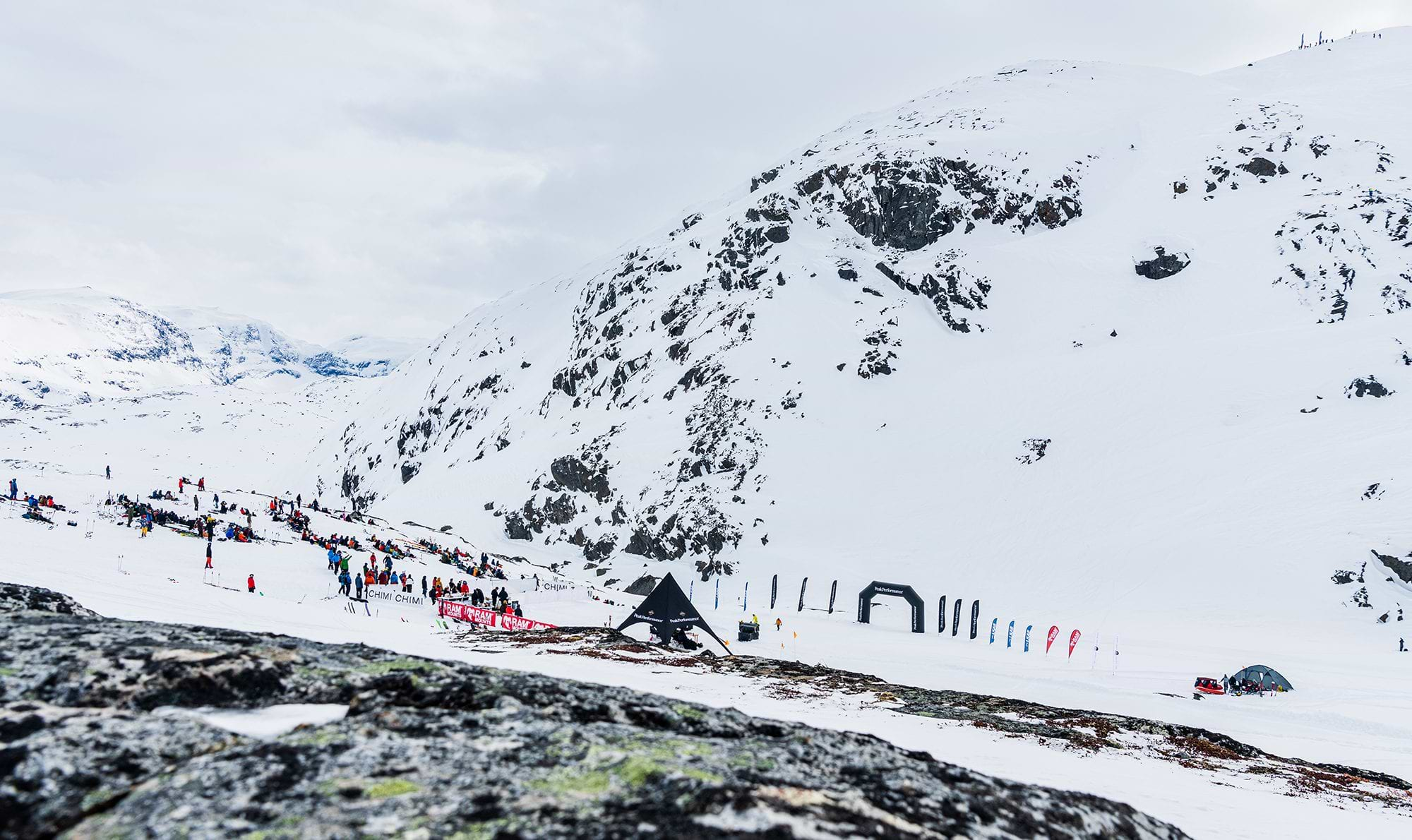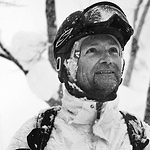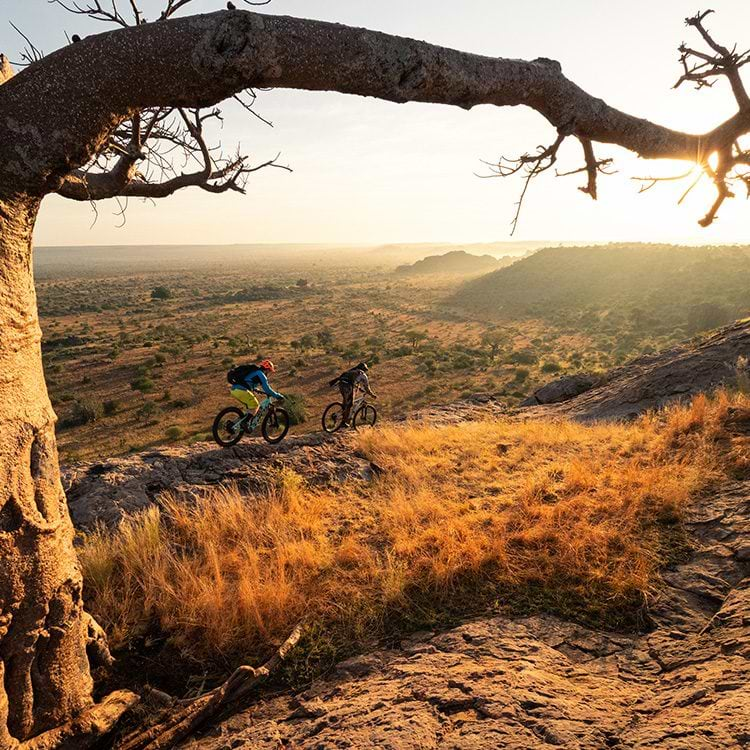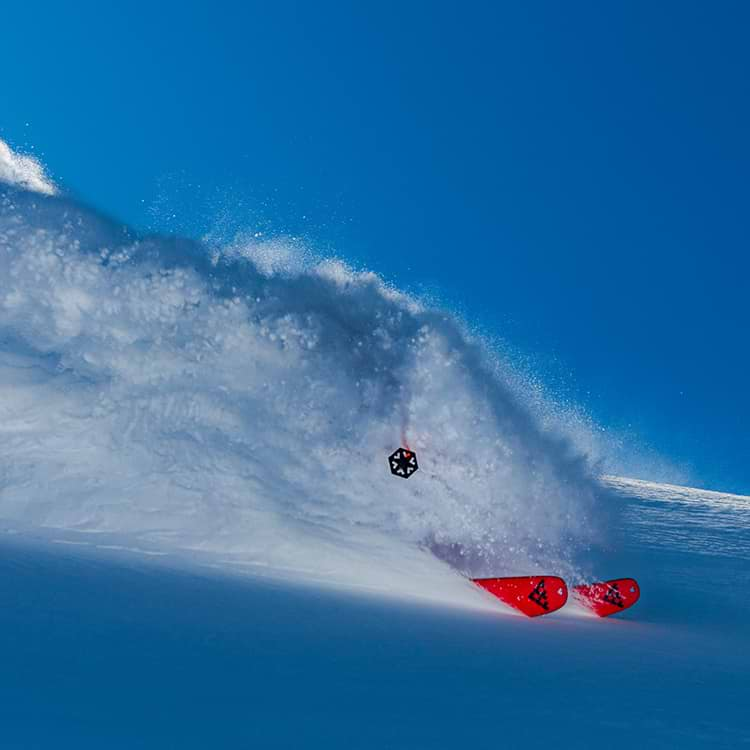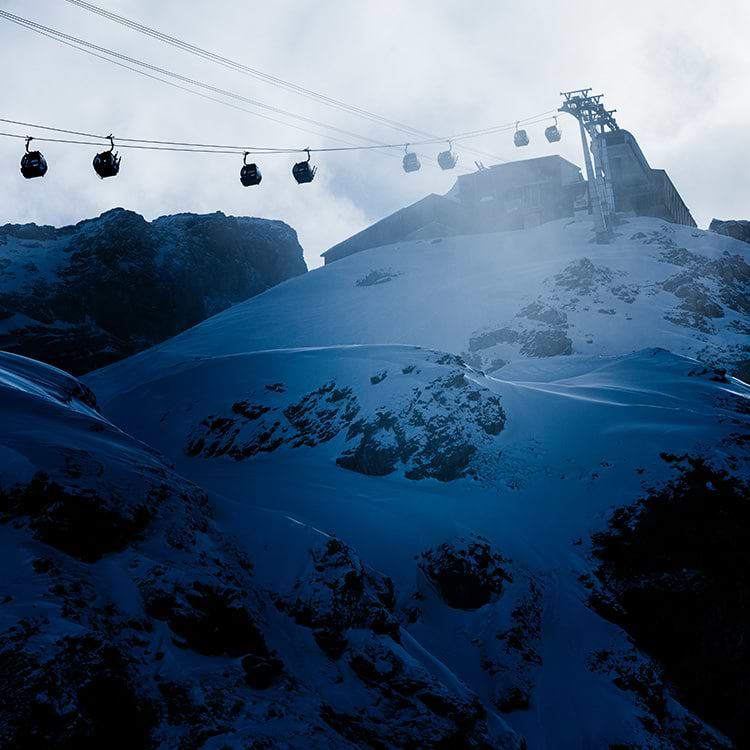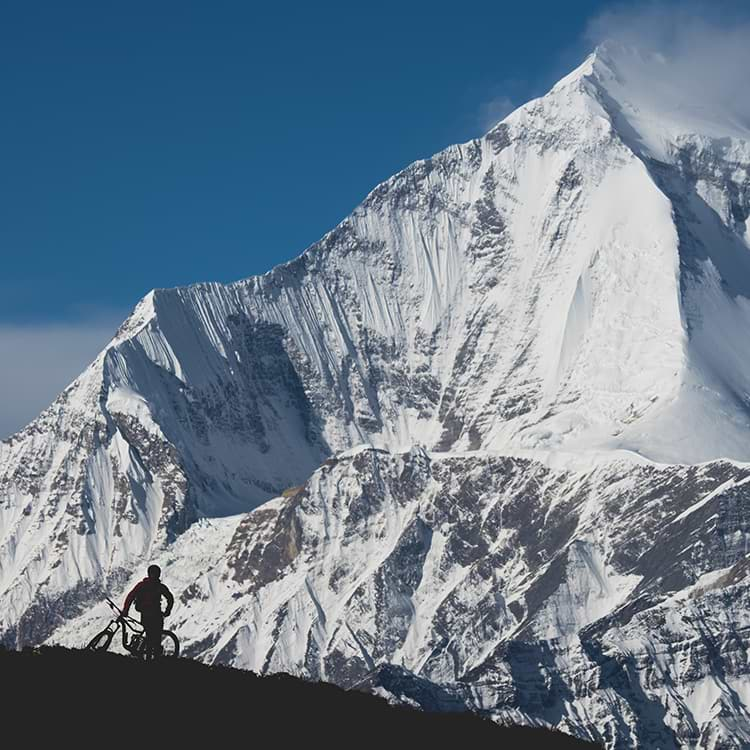Scandinavians have a sweet secret they don’t readily share with North Americans, many of whom fervently believe that the world’s best skiing is in Europe — i.e. somewhere in the Alps.
Skiers from Sweden and Norway agree that the world’s best skiing is found in Europe — but the surprise for most North Americans is that Scandinavia is, in fact, part of Europe. Granted, the mountains on the northern edge of Europe are generally rounder and lower, but that makes them even more accessible for the average person.
Anthropologists believe that the first people to widely incorporate skiing into their culture were the Sami, the only indigenous people in Scandinavia throughout the Middle Ages. That has got a count for something, but fast-forward through a few centuries, when skiing became a vital winter travel method and later a military tactic, and you will still find it deeply ingrained in Scandinavia as a combination of personal passion and patriotic identity.
Upon arrival, you’ll quickly notice that skis seem to be leaning against every house. Not surprisingly, Scandinavia has a surfeit of ski areas, most authentic and genuine community hills surrounded by stunning forests and fjords, offering endless options to skiers of every persuasion. Although the larger ski areas are easy to get to, they aren’t always the ones with the best terrain or snow — which means there’s plenty of exploration and discovery to be had.
1. Endless Options
North, south, east, and west, Scandinavia has so much skiing — 254 resorts in Sweden, 173 in Norway, and even more cross-country and touring options — that it boggles the mind of most visitors. But it shouldn’t, given that 22 percent of Swedes and 18 percent of Norwegians ski regularly, with the numbers creeping up to 70 percent for occasional skiers. The ski season is long — October to May in most places and to the end of June in the far north. With several different mountain ranges and microclimates, it adds up to a diversity of ski experiences: from southern hills reminiscent of New England to high alpine glaciers hung above coastal fjords (think: coastal British Columbia), from groomers galore and night skiing (aka Cortina) to tree-skiing through dwarf birch (i.e. high up in Hokkaido) — a lot of something for everyone.
2. Nordic Chic
This expression didn’t come from Scandinavia’s ski industry. Still, it applies to the ski accommodation you’ll find here with spare but functional interiors designed to be comfortable and pleasing to the eye, featuring pale wood, often draped in reindeer skins or lit with candles. Food-wise, things have come a long way from The Muppet Show’s famously-comic Swedish Chef, as the country now boasts some of the world’s most inventive culinary superstars. You won’t want to miss the preponderance of craft foods and beverages, traditional signature dishes featuring the troika of reindeer, potatoes and lingonberries, or the holy cloudberry waffle. Everywhere you turn, comfort and cuisine meld with great hospitality as Scandinavians know how to take care of you — no matter how remote the lodge or hotel.
3. True North
The Arctic Circle at 66˚34’ N represents the southernmost latitude where the sun doesn’t rise on the shortest day of the year and doesn’t set on the longest. Delineating the upper third of Sweden and Norway, the same line runs through Alaska, Canada’s northern territories, and a good chunk of Russia. However, the weather and lifestyles in Scandinavia’s Arctic couldn’t be more different. Bathed by the warm Atlantic Gulf Stream and connected by road, air and water, the north here is much warmer and far more accessible. The mountainous spine along the Norway-Sweden border is also one of Europe’s last great wildernesses, where travel for five minutes outside of any settlement puts you “out there”. This also comprises part of the historical territory of Lapland, where the indigenous Sami lived a traditional nomadic lifestyle herding reindeer — and their culture and influence remain prominent in regional art and iconography.
4. Backcountry, Baby
You can ski out of virtually any Scandinavian resort, and many skiers only use the lifts to get to the freshies faster. However, a few backcountry areas are particularly noteworthy for ski touring and heli-skiing, particularly where distinctly big mountains are concerned. Three regions of particular note are the border area around Narvik, Norway and Riksgränsen, Sweden; Norway’s seaside Lyngen Alps and Lofoten Islands; and Sweden’s glaciated Kebnekaise massif. Getting to a summit or up in the air reveals the enormity of a treeless, Pleistocene landscape that might make you wonder just what planet you’re on. This preponderance of unique wilderness peaks, maritime climate and midnight sun have sparked an international ski-touring industry that kicks into gear every spring.
5. Corn Snow Factory
Speaking of spring, while many are done skiing by April, the circumpolar second season is just beginning in those parts of Scandinavia above the Arctic Circle. Ski-touring is the thing, and whether land- or boat-based, the allure of this time of year is captured in the delightful Swedish term vårvinter (“spring winter”) — the long, slow dissolve between seasons characterized by flooding streams in valleys and slow-to-disappear snow at higher altitudes. As more solar radiation warms the air and the sun climbs toward its 24-hour June solstice, cyclical nighttime freezes and daytime thaws result in hard crusts that morph into the soft, ego-boosting corn snow skiers rave about — perfect for ski-touring (in your t-shirt). So popular are vårvinter outdoor activities that Sweden’s national weather service treats it as a defacto fifth season.
6. Authentic Attractions
No matter how much money other ski regions invest to rise above the competition, they’ll never be able to add tourist attractions on par with what defines skiing in Scandinavia. Scandinavia’s aren’t random- unlike “unique” offerings of other ski regions — they’re emblematic. How else would you describe skiing under the Northern Lights in the early season or the Midnight Sun at its end? How about skiing from a mountaintop straight down into a shimmering fjord? Or tripping out over your first taste of the quintessential cloudberry waffle with delicate golden-yellow berries picked right outside the back door? Especially where the waffles are concerned, there’s no excuse for missing out on the one-of-a-kind treats found in Scandinavia.
7. Mega Influencer
Many places can claim an influence on skiing, but none more than Scandinavia. From the days of Sondre Norheim, Norway’s pioneer of telemark skiing, through the long reign of Sweden’s slalom and giant slalom icon Ingemar Stenmark, to a preponderance of modern superstars on the World Cup alpine racing and moguls’ circuits; to those who helped drive the new millennium ski and snowboard freeride revolution; to newcomers like The Bunch who are defying categorization while they continue to change the ski world. It runs deep and fast here. For instance, the world’s longest-running freeride contest is the Scandinavian Big Mountain Championships, held in Riksgränsen each May for over 30 years. Given how much of skiing’s original hardware was invented here, it is no surprise the region’s influence extends beyond people and disciplines to brands and innovation, from touring bindings to skis and snowboards, from sustainable eyewear to online outerwear pioneers (we’ll take the shameless plug). Best of all, you’ll find this heritage and the sense of pride accompanying it in every ski area, regardless of size.

